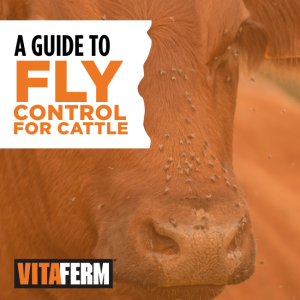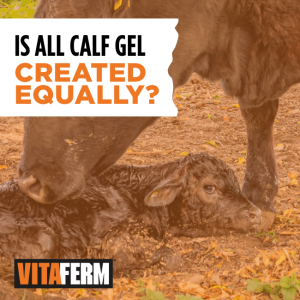 It is important to take samples of your hay to ensure you know its true nutrient value. It is extremely difficult to know the quality of your hay by just looking at it. By having your hay analyzed you will have a better understanding of its quality, and this will allow you to work with a nutritionists to provide the lowest cost ration possible to meet the performance expectations of your livestock.
It is important to take samples of your hay to ensure you know its true nutrient value. It is extremely difficult to know the quality of your hay by just looking at it. By having your hay analyzed you will have a better understanding of its quality, and this will allow you to work with a nutritionists to provide the lowest cost ration possible to meet the performance expectations of your livestock.
There are two ways you can take hay samples: with a hay probe or by hand. Regardless of the technique used, the sample should be representative of the entire lot. This means that you should sub-sample around 10% of the total bales in the lot from a minimum of 10 corings and/or hand grabs.
What do I need to take a hay sample?
The tools needed for samples collected with a hay probe are a cordless drill, hay probe, permanent marker, a 1 gallon re-sealable plastic bag and a clean 5-gallon bucket. If taking hand grab samples, you will only need a permanent marker, a 1-gallon re-sealable plastic bag and a 5-gallon bucket.
How to take a proper hay sample?
- Select random bales throughout the lot you wish to sample.
- Obtain a sample from as far inside the bale as possible.A
- Sampling with hay probe: Reach as far as possible inside the bale with your coring tool. This can be more difficult when bales are wet or when the hay is very mature. In those cases, a spare battery for the drill is helpful especially if a large number of bales are to be probed.
- Sampling by hand: It helps to use the short pipe to pry open the bale. The goal is to reach inside with your hand open and grasp tightly a handful of hay material. You want to try to not strip the leaves off when you do the grabbing, so many small handfuls are better than one large handful.
- Place sample from bale into a 5-gallon bucket.
- Repeat steps 2 and 3 until you have at least 10 samples from 10% of the bales in the lot you are testing. All samples will be placed into the same 5 gallon bucket.
- After sampling the desired number of bales, the entire sample should be pulled apart and mixed thoroughly. You cannot rely on the lab to mix your sample.
- Dump sample into re-sealable plastic bag and remove any excess air. It is fine if the bag is not completely full, but you will need approximately ½ a quart of material in the bag.
What to do with your collected hay samples?
To obtain a complete nutrient analysis, VitaFerm customers planning to use VitaFerm in their ration can contact their local dealer about hay testing. Dairyland Laboratories, Inc., completes lab analysis and results will be emailed to the producer, dealer and ASM.
The next step in ensuring your nutritional program will help you maximize animal performance is working with your local dealer and/or ASM. They will submit your results to the nutritionists at BioZyme®. Our nutrition team can provide assistance in ration formulation based off of your production scenario to help you better achieve your performance expectations.


